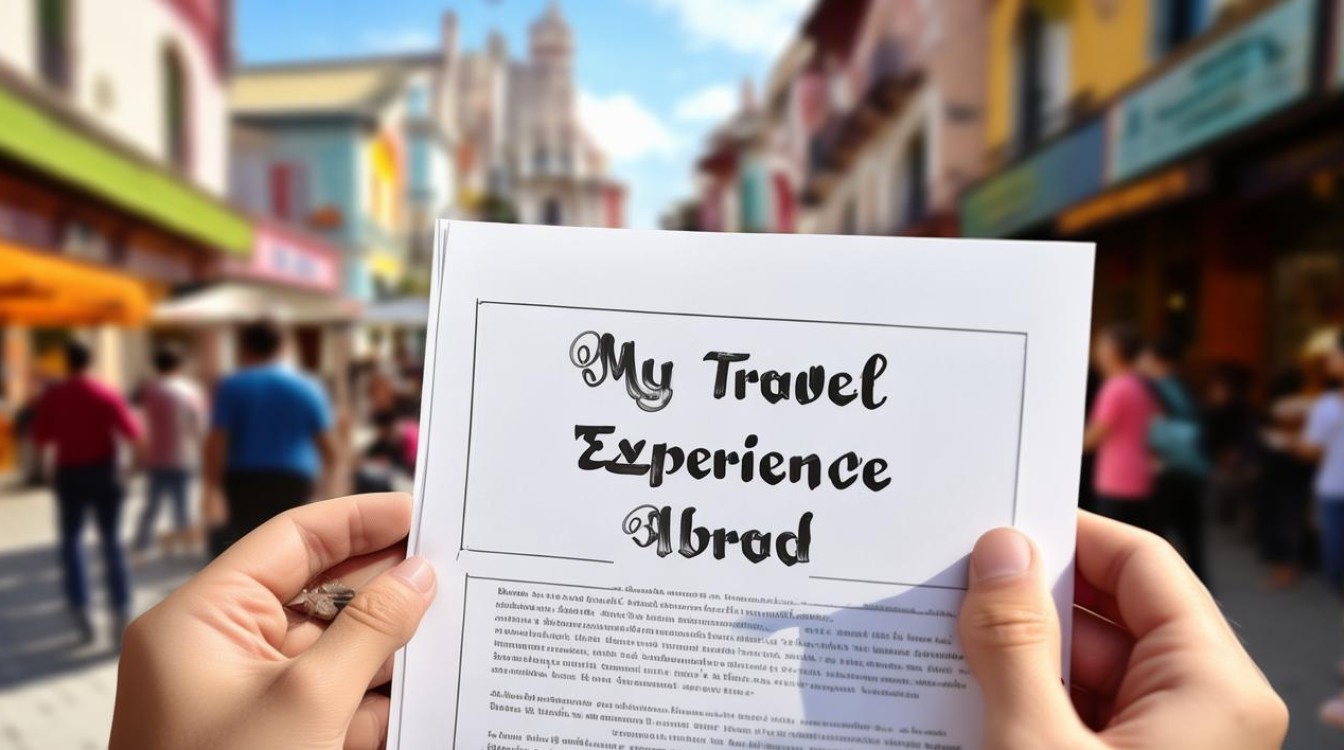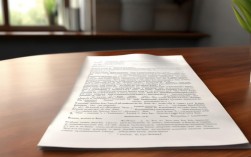Exploring the Art of Writing English Essays About Travel Experiences
Traveling abroad offers countless opportunities to practice English writing skills while capturing unforgettable moments. For website visitors seeking to improve their English composition abilities, crafting essays about international journeys serves as both practical exercise and creative expression. This guide explores techniques to elevate travel writing while strengthening fundamental English language competencies.

Understanding the Structure of Travel Essays
Effective travel essays follow a clear organizational pattern that guides readers through the experience. A well-structured piece typically includes:
-
Engaging Introduction
Begin with a vivid scene or sensory detail that transports readers to the destination immediately. Instead of generic openings like "Last summer I visited Paris," try "The scent of freshly baked croissants mingled with diesel fumes as I stepped onto the Rue Cler pavement for the first time." -
Thematic Development
Select 2-3 core aspects of the journey to explore in depth rather than cataloging every activity. For a Japan trip, one might focus on:- The contrast between Tokyo's neon-lit streets and Kyoto's tranquil temples
- Cultural discoveries through food markets and tea ceremonies
- Personal growth from navigating language barriers
-
Descriptive Techniques
Employ precise adjectives and active verbs to create mental images. Compare:- Weak: "The beach was nice."
- Strong: "Turquoise waves lapped against powdery white sand as scarlet-beaked puffins circled overhead."
Vocabulary Enrichment Strategies
Travel writing benefits from specialized terminology that brings locations to life:
Cultural Terms
- Instead of "local money," use the actual currency name: euros, baht, or rand
- Name architectural styles: Gothic cathedrals, Brutalist structures, or Tudor facades
Sensory Words
- Tactile: gritty, velvety, prickly
- Olfactory: pungent, floral, smoky
- Auditory: cacophonous, melodic, hushed
Action Verbs
Replace "went" with:
- Trekked through Amazonian rainforests
- Navigated Venice's labyrinthine canals
- Ascended the Andes via switchback trails
Grammar Precision for Clear Storytelling
Common grammatical challenges in travel writing include:
Tense Consistency
Maintain past tense for completed journeys ("We wandered through Marrakech's souks"), present tense only for universal truths ("The Mediterranean sparkles under the noon sun").
Preposition Accuracy
- Arrived in (countries/cities)
- Arrived at (specific locations)
- Traveled to (destinations)
Article Usage
- "The" for specific nouns: the Eiffel Tower, the Nile River
- No article for general concepts: French cuisine, public transportation
Cultural Sensitivity in Composition
When describing foreign cultures:
- Avoid broad generalizations ("All Italians are loud")
- Use qualifying language ("Many shopkeepers in Naples greeted customers with animated gestures")
- Research proper nouns:
- Māori not Maori
- Český Krumlov not Czech Krumlov
Editing Techniques for Polished Prose
Refine drafts using these methods:
-
Read Aloud Test
Awkward phrasing becomes evident when spoken. If you stumble during reading, revise the sentence. -
Peer Exchange
Trade essays with fellow learners to identify unclear passages. Ask specific questions:- Which description felt most vivid?
- Where did the timeline confuse you?
-
Professional Examples
Study travel writing from quality publications like National Geographic or The New York Times Travel section. Analyze how professionals:- Transition between locations
- Balance factual information with personal reflection
- Create narrative momentum
Digital Tools for Language Enhancement
Several resources assist non-native writers:
-
Grammarly
Catches grammatical errors and suggests stylistic improvements -
Ludwig.guru
Provides authentic sentence examples for any word combination -
OneLook Thesaurus
Offers nuanced synonyms with usage examples -
Hemingway Editor
Highlights complex sentences and passive voice
Common Pitfalls to Avoid
-
Overusing Adjectives
Three precise descriptors work better than six vague ones. -
Neglecting Transitions
Guide readers between ideas with phrases like:- Meanwhile, across town...
- The following dawn revealed...
-
Forgetting the Human Element
Even the most exotic location needs personal connection. Share:- Conversations with locals
- Unexpected challenges
- Emotional responses to sights
Practical Writing Exercises
-
Postcard Challenge
Describe an entire day's experience in under 100 words -
Comparison Paragraph
Contrast two similar locations (e.g., Parisian vs. Viennese cafés) -
Sensory Inventory
List specific smells, textures, and sounds from a memorable place
Incorporating Multimedia Elements
Modern travel essays benefit from:
- Maps showing routes taken
- Photographs with detailed captions
- Hyperlinks to cultural references
When writing about Barcelona, one might link to:
- Gaudí's architectural principles
- Catalan language resources
- Traditional recipes like pa amb tomàquet
The process of crafting travel essays develops far more than English skills—it cultivates observational acuity, cultural appreciation, and narrative fluency. Regular practice transforms simple trip accounts into compelling stories that educate and inspire readers. For website visitors committed to language improvement, maintaining a travel writing journal creates measurable progress over time, with each journey offering fresh material to refine expression and expand linguistic capabilities.
Those who approach travel writing with curiosity and dedication often find their general English proficiency improves simultaneously, as the techniques for vivid description and clear storytelling apply to all forms of composition. The world provides endless inspiration; the writer's task is to capture its essence through carefully chosen words and thoughtfully constructed sentences.











